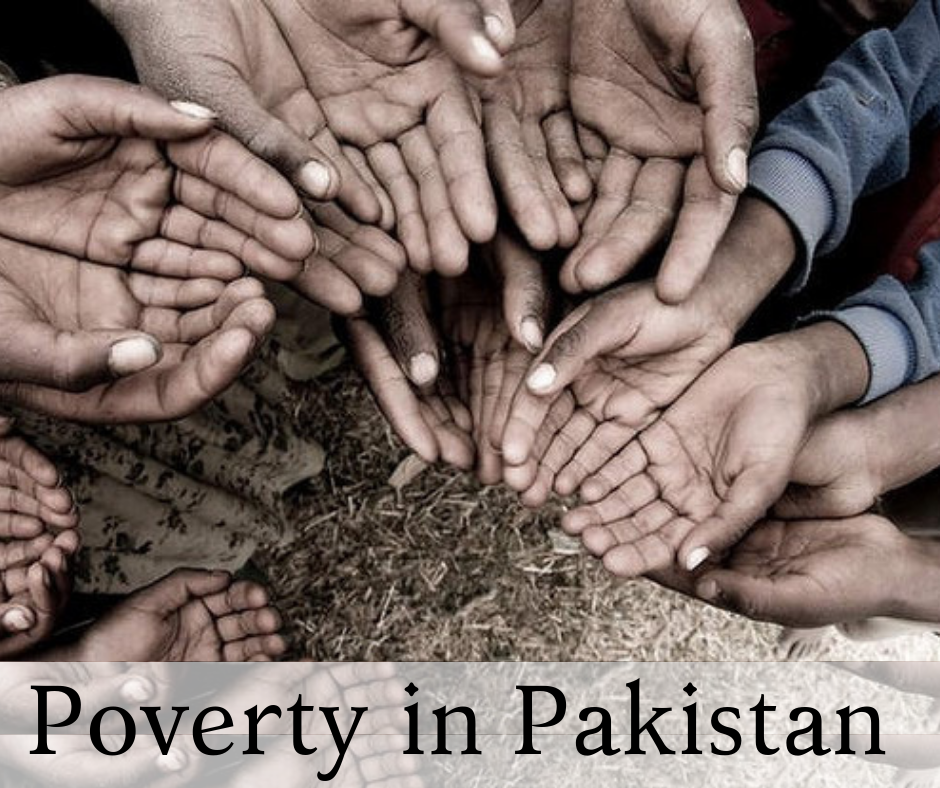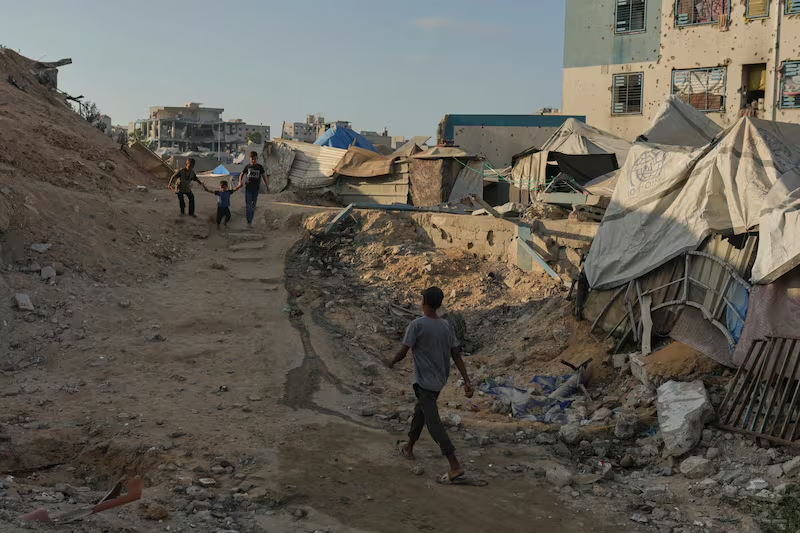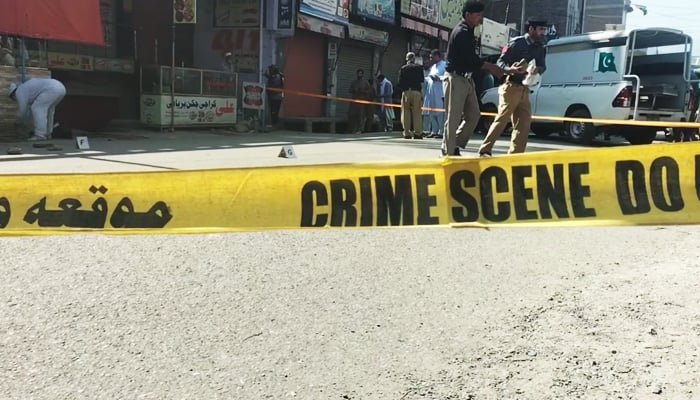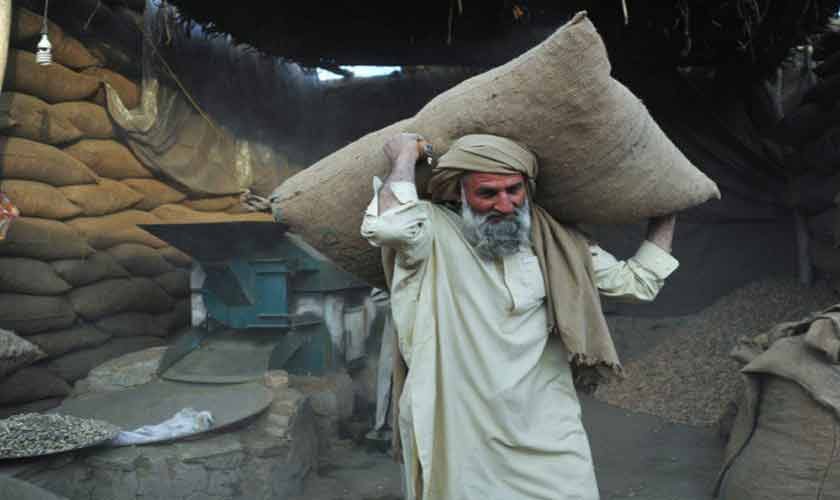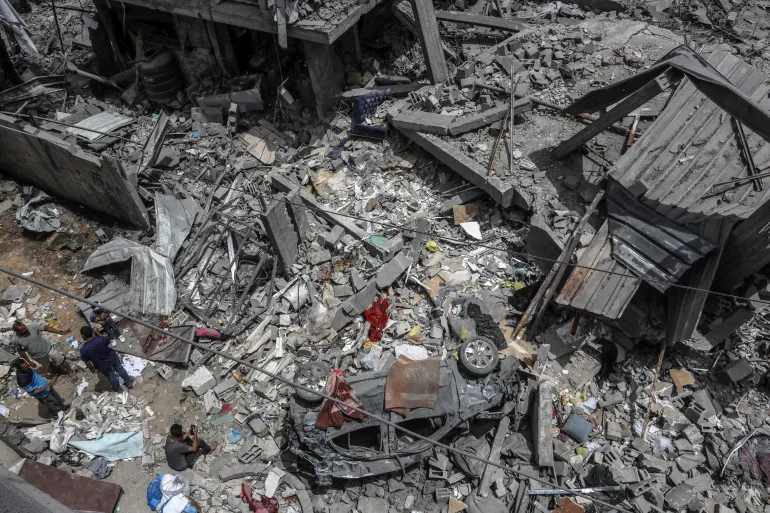Mubashar Nadeem
Poverty alleviation is a complex and multidimensional challenge requiring a holistic approach. According to the World Bank, poverty in Pakistan has increased to 39.8 per cent, which is alarming and requires emergency response from the authorities. Accordingly, an estimated 95 million people live below the poverty line, facing multiple deprivations in education, health, nutrition, water, sanitation, energy and social protection. Therefore, there is a dire need to revive the economy and develop and implement poverty alleviation programs for targeted communities and groups for effective poverty alleviation. It requires a multi-prolonged strategy catering to the socio-cultural and political-administrative reforms.
Expanding and improving the National Poverty Graduation Programme (NPGP), which aims to provide interest-free loans, asset transfers, and skills training to 16.28 million poor households across Pakistan, is necessary. The NPGP is implemented by the Pakistan Poverty Alleviation Fund (PPAF), which is the largest social protection programme in the country. The NPGP has been successful in increasing the income, assets and consumption of the beneficiaries, as well as enhancing their access to education, health and social networks. The Federal, Provincial and Local institutions are also vital for the cause of working for the poors. Adopting the Poverty Alleviation Model of China, which has lifted more than 800 million people out of poverty since 1978, can be a practical choice. The model consists of four pillars: targeted poverty alleviation, rural revitalization, ecological conservation and social development. Some of the key features of the model are identifying and registering the poor households, assigning specific officials to help them, providing tailored support according to their needs and potentials, creating infrastructure and public services in rural areas, promoting industrial development and employment opportunities, encouraging innovation and entrepreneurship, protecting the environment and natural resources, and ensuring social security and welfare.
Furthermore, enhancing food security through strategic interventions in agriculture, which is the main livelihood source for 64 per cent of the poor population in Pakistan, is crucial. The PPAF has partnered with the Food and Agriculture Organization (FAO) to implement a project that aims to improve the productivity, profitability and resilience of smallholder farmers in Balochistan, Khyber Pakhtunkhwa and Sindh provinces. The project provides inputs, training, extension services, market linkages and policy advocacy to the farmers, focusing on high-value crops, livestock, fisheries and forestry. Developing sustainable livelihoods in the dairy value chain which is one of the most promising sectors for poverty reduction in Pakistan. The dairy sector contributes to 11 per cent of the GDP and employs 8 million people, mostly women. The PPAF has collaborated with Nestlé Pakistan to implement a project that aims to enhance the income and well-being of 135,000 smallholder dairy farmers in Punjab province. The project provides quality animal feed, veterinary services, milk collection facilities, training and awareness campaigns to the farmers.
Following are a few recommendations for poverty alleviation in Pakistan.
Improving access to sustainable livelihoods, entrepreneurial opportunities and productive resources is important: This recommendation is based on the premise that the poor’s lack of income-generating activities and assets causes poverty. They can increase their income and improve their living standards by providing them with more opportunities and resources. However, this recommendation may need some help in implementation, such as the availability and affordability of credit, the quality and relevance of skills training, the market demand and competitiveness of products and services, and the environmental and social impacts of livelihood interventions. Moreover, this recommendation may need to address the structural causes of poverty, such as inequality, discrimination, corruption, and poor governance, which may limit the access and benefits of people experiencing poverty to these opportunities and resources. Therefore, this recommendation needs to be complemented by other measures that address the root causes of poverty and ensure the participation and empowerment of the poor in decision-making processes.
Providing universal access to basic social services is vital. This recommendation is based on the premise that the lack of human development and capabilities for the poor causes poverty. By providing them with access to quality education, health care, water, sanitation, and other social services, they can enhance their human capital and potential, reduce their vulnerability to shocks and risks, and increase their productivity and employability. However, this recommendation may need some help in implementation, such as the availability and allocation of public resources, the quality and efficiency of service delivery, the coverage and targeting of beneficiaries, and the accountability and responsiveness of service providers. Moreover, this recommendation may not address the underlying causes of poverty, such as social exclusion, cultural norms, political instability, and violence, which may hinder the poor’s access to and utilization of these services. Therefore, this recommendation needs to be accompanied by other measures that address the social and political dimensions of poverty and ensure the protection and inclusion of the poor in society.
Progressively developing social protection systems to support those who cannot support themselves is essential: This recommendation is based on the premise that poverty is caused by the exposure and susceptibility of the poor to various shocks and stresses that affect their income and consumption. By providing them with social protection measures, such as cash transfers, subsidies, insurance, pensions, and public works, they can mitigate the negative impacts of these shocks and stresses, smooth their consumption patterns, prevent them from falling into deeper poverty or destitution, and enable them to invest in their future. However, this recommendation may face some challenges in implementation, such as the fiscal sustainability and affordability of social protection programs, the design and administration of targeting mechanisms, the coordination and harmonization of different schemes and actors, and the monitoring and evaluation of outcomes and impacts. Moreover, this recommendation may not address the root causes of poverty, such as power imbalances, institutional failures, market distortions, and policy biases, which may generate or exacerbate these shocks and stresses for the poor. Therefore, this recommendation needs to be integrated with other measures that address poverty’s economic and institutional aspects and ensure the poor’s rights and entitlements to social protection.
Empowering people living in poverty and their organizations is important. This recommendation is based on the premise that poverty is caused by the lack of voice and agency for the poor. By empowering them with information, awareness, skills, networks, resources, platforms, and representation, they can express their needs and preferences, demand their rights and entitlements, challenge and change the structures and systems that perpetuate their poverty, and participate and contribute to their own development. However, this recommendation may face some challenges in implementation, such as the resistance and backlash from the dominant and vested interests, the fragmentation and polarization of civil society, the capacity and legitimacy of the organizations of the poor, and the sustainability and scalability of empowerment initiatives. Moreover, this recommendation may not address the deeper causes of poverty, such as psychological factors, cognitive biases, behavioural patterns, and motivational drivers, which may influence the attitudes and actions of the poor. Therefore, this recommendation needs to be supported by other measures that address the personal and interpersonal aspects of poverty and ensure the dignity and well-being of the poor.
Lastly, 95 million people living in poverty is a substantial national task, and all stakeholders must cooperate with one another to take 95 million people out of poverty.



